What is the notation for a common trigger in a UML state machine? What about multiple common triggers?
Let's say we have at state-machine with 20 states. 18 of these states have a common trigger, that would transition to State_A. Another common trigger would transition to State_D.
What is the graphic notation notation for this? any example would be appreciated.
Kind regards, Ole
EDIT
Is this a valid notation?




